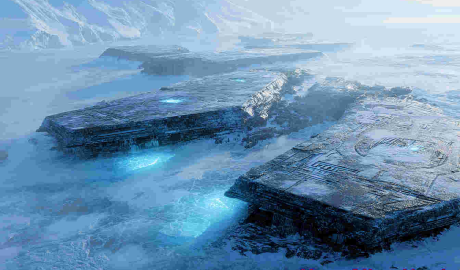Alien Cats and the Fermi Paradox: Are They Just Not Into Us?
The Fermi Paradox has long haunted astronomers, philosophers, and science fiction writers alike: if the Universe is so vast and filled with billions of potentially habitable worlds, where are all the aliens? We send out radio waves, beam golden records into the void, and scan the skies with powerful telescopes—yetContinue Reading







